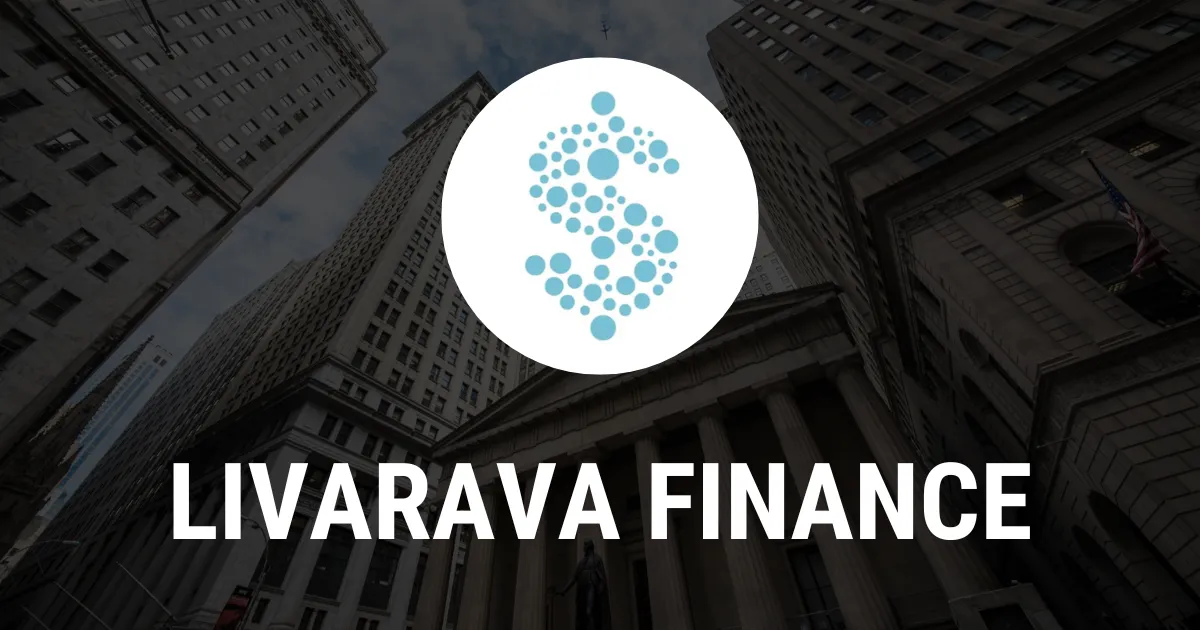Understanding the Cost-of-Living Crisis Impact on Baby Boomers and Older Australians

Identifying Key Trends in the Cost-of-Living Crisis
The ongoing cost-of-living crisis has sparked significant discussions regarding its varied impacts across different age groups. Notably, baby boomers and older Australians are experiencing far less financial strain compared to their younger counterparts.
Factors Contributing to Resilience
- Stable housing assets
- Pension incomes that withstand inflationary pressures
- Established savings habits
This generational divide suggests that while younger households grapple with rising costs, older Australians seem relatively insulated from the challenges at hand.
The Housing Market Influence
- Stable real estate values bolstering financial security
- Less reliance on rental markets
- Long-term homeownership benefits
Overall, the lessened impact on these age groups calls for a reevaluation of economic policies aimed at addressing inflation and housing accessibility.
This article was prepared using information from open sources in accordance with the principles of Ethical Policy. The editorial team is not responsible for absolute accuracy, as it relies on data from the sources referenced.